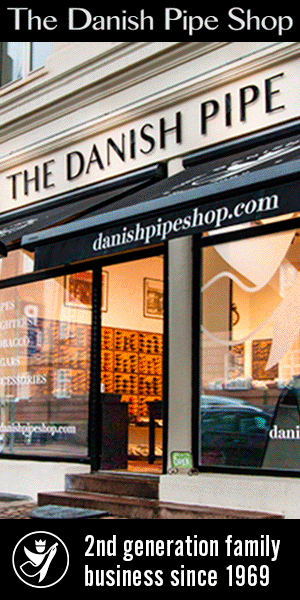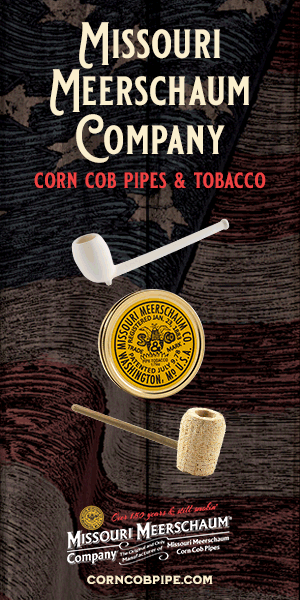Awesome! This is the abstract from the paper that the blog post linked to, make any sense to you?
Abstract
Equilibration of a flavour volatile between a distilled spirit and the headspace is a two-stage process. The first equilibrium occurs between the bulk solution and the headspace spirit interface, and the second between the surface layer and the headspace. The first stage is represented by the activity coefficient of the flavour volatile, which, for hydrophobic compounds, is greatly reduced by the aggregation of ethanol molecules in aqueous solution. The second equilibrium is governed by the vapour pressure of the solute and the ambient temperature and pressure. In mixed saturated solutions the composition of the surface layer and consequently the headspace is determined by the concentration and activity coefficients of the mixture components. Components of wood extract were found to act principally on the first equilibrium. Ethanol lignin acted in the same manner as high molecular weight esters and alcohols of the distillate, displacing volatile components from the surface layer. The suppressant effect of ethanol lignin was lost at 37 °C and consequently would only be important in nosing of spirit samples. Wood extract was found to decrease the critical point for the aggregation of ethanol, resulting in reduced activity coefficients for ethyl decanoate from 5 to 30% ethanol at both 25 and 37 °C. This effect would reduce the spirit–mouthspace partition coefficient with the resulting decreased release of flavour volatile in the mouth. This mechanism would explain the decreased impact of undesirable, immature aromas when wood matured spirits are consumed. © 1999 Society of Chemical Industry
Abstract
Equilibration of a flavour volatile between a distilled spirit and the headspace is a two-stage process. The first equilibrium occurs between the bulk solution and the headspace spirit interface, and the second between the surface layer and the headspace. The first stage is represented by the activity coefficient of the flavour volatile, which, for hydrophobic compounds, is greatly reduced by the aggregation of ethanol molecules in aqueous solution. The second equilibrium is governed by the vapour pressure of the solute and the ambient temperature and pressure. In mixed saturated solutions the composition of the surface layer and consequently the headspace is determined by the concentration and activity coefficients of the mixture components. Components of wood extract were found to act principally on the first equilibrium. Ethanol lignin acted in the same manner as high molecular weight esters and alcohols of the distillate, displacing volatile components from the surface layer. The suppressant effect of ethanol lignin was lost at 37 °C and consequently would only be important in nosing of spirit samples. Wood extract was found to decrease the critical point for the aggregation of ethanol, resulting in reduced activity coefficients for ethyl decanoate from 5 to 30% ethanol at both 25 and 37 °C. This effect would reduce the spirit–mouthspace partition coefficient with the resulting decreased release of flavour volatile in the mouth. This mechanism would explain the decreased impact of undesirable, immature aromas when wood matured spirits are consumed. © 1999 Society of Chemical Industry








